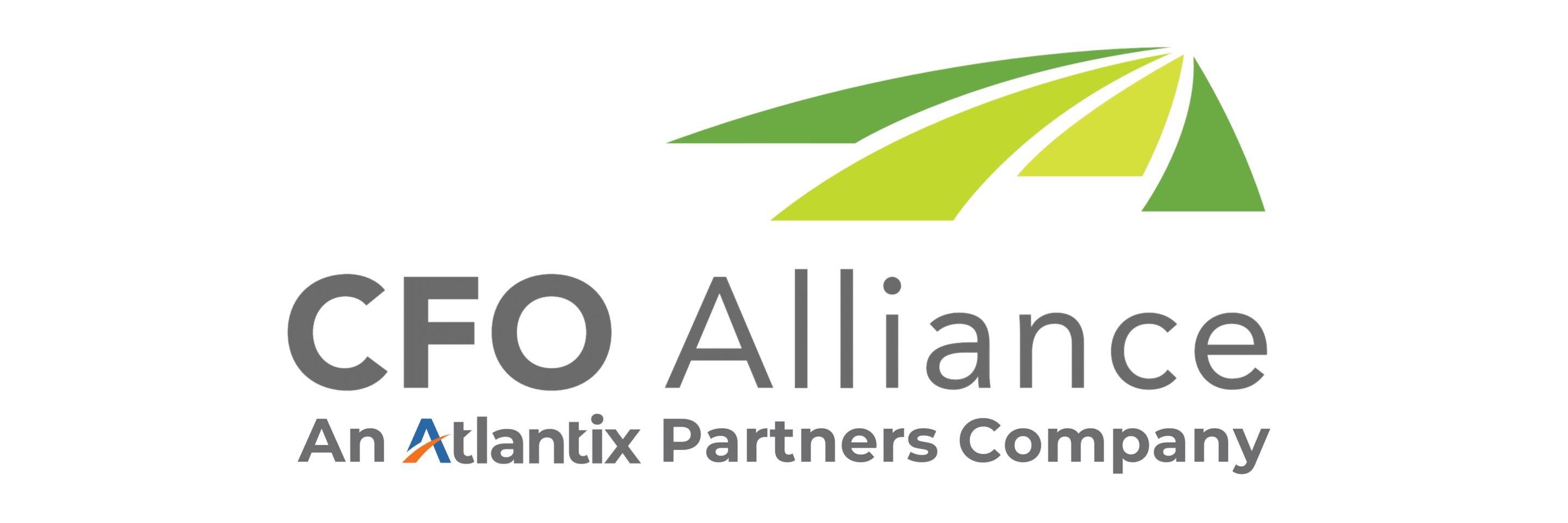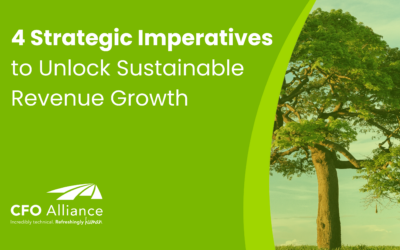4 Questions You Need to Ask
To Design a Future-Proof Digital Finance Transformation Strategy
It’s a four-step process.
- Future-Proof Your Business With Digital Transformation
- Plan Your Digital Transformation Strategy
In January of 2020, none of us could have anticipated that life as we knew it was about to implode. When in-person work came screeching to a halt just two and a half months later, the companies that survived – and thrived – were those that found a way to pivot quickly and continue moving forward.
But altering course in the face of immediate challenges isn’t enough to secure success over the long haul. After all, it’s one thing to respond to a clear and present danger with an audacious “Hold my beer.” It’s another thing to see the danger coming ahead of time and take steps to prevent it.
That’s why digital transformation was already a trending buzzword long before lockdowns became the norm. Forward-thinking CEOs and CFOs knew that the future was digital, and many were already moving toward automation, AI, and real-time data access. That forward motion is still a driving force in 2021, with digital transformation ranking among the top three expected business drivers for the back half of the year, according to Fortune/Deloitte’s Summer 2021 CEO Survey.
The difference now is that the pace of strategic transformation has accelerated – fast. It’s a strategic imperative, and it needs to be a top priority (yes, now).
How Digital Transformation Future-Proofs Your Business
Strategic transformation is about taking a long view – the kind of view that anticipates challenges ahead of time and puts the right processes and structures in place to keep your company stable, even when COVID is screaming in your face.
From a financial perspective, digital finance transformation keeps your company on track for the next growth stage by making sure you have the right data at your fingertips. It positions you to make better decisions with real-time analysis – the kind of decisions that will streamline operations, help you scale efficiently, and position you for higher-value M&A deals.
That’s why digital innovation is essential for every company, including early stage founder-led businesses, and not just those at the top of the food chain. Understanding where you are financially and what you need to do in terms of cash flow and profit will help you make more effective decisions – even the hard ones, like scaling back your workforce if necessary.
If you’ve been paying attention over the last six months, none of this will come as a surprise to you. In fact, you were probably already making plans to modernize your technology over the next five years (if you weren’t, then it was at least on your radar).
But emerging employee needs, evolving customer expectations, and labor shortages may have scrapped your long-term plan. That’s okay – there’s still plenty you can do to up your digital game.
How to Plan Your Digital Transformation Strategy
We’re not here to tell you exactly which tools to buy – that’s going to vary based on your needs and unique circumstances. What we can do, however, is help you navigate the decision-making process by asking the right questions.
As you think about digital finance transformation, here’s what you’ll need to know.
1. What Are My Goals?
Are you aiming to modernize outdated tools, engage a remote workforce, or serve customers online more effectively? Do you need better financial visibility or more efficient operations?
As you think through these questions, remember that Rome wasn’t built in a day. You’ll need to think not only in terms of short-term wins but also mid-term and long-range goals. To decide which goals to prioritize, you can use a method called backcasting. Think about the ultimate outcome you want to achieve and when you need to have it in place, and then work backward to set mid-range and short-term goals that will get you there.
Use this as your roadmap and be sure to factor in implementation and adoption. Technology is important, but technology alone won’t get you where you need to go. You also need to get expert input on your tech decisions and be sure you have a well-baked implementation strategy so you don’t end up creating additional complexity rather than solving problems.
2. Which Tools Will Help Me Reach Those Goals?
Not every efficiency gap requires a brand-new software platform. Sometimes you just need a new app that can provide additional functionality. Sometimes, however, you do need to scrap the old and bring in the new.
For example, maybe it’s time to retire Quickbooks and move to a comprehensive solution like Netsuite, SAP, or Microsoft Dynamics. Or maybe you just need to add an app that can accommodate mobile payments (like Tipalti), statistics and data collection, or ARR reporting (like SaasOptics).
As you consider your needs, involve your end users in the process. Take note of their current workflows and how they interact with software. What’s working and what isn’t? Where do they encounter friction points? What kinds of tools would make it easier for them to do their jobs?
3. What is My IT Budget?
There is no lack of firms offering solutions for every possible pain point. You could go crazy implementing it all – and paying for it.
Costs add up quickly, so you’ll need to prioritize based on how much money you have to spend on your tech stack, which tools are essential vs. nice-to-haves, and what value the technology will deliver as compared with its cost. In addition, look for duplication of functions within apps so you don’t end up paying for multiple tools that have similar functionality.
You’ll also need to consider the specific costs of purchasing and implementing new technology, such as:
- Cost of the software itself –How much is it going to cost to buy or build? Do you need a total solution, or can you meet your needs with best-of-breed applications?
- Total cost of apps – How much are you spending across your tech stack on apps? Be sure you keep a close eye on how costs are adding up before spending gets out of control.
- Implementation costs – What is included in the cost of implementation? Does the vendor offer training? If so, how much? Does on-site training or more users entail additional cost? How about modifications or customizations? Does the vendor provide a project manager, or will you need to hire one?
- Licensing costs and maintenance fees – What is the cost for the initial license, and how much will you have to pay for support and maintenance?
4. Do I Really Need That?
This is another way of saying: Don’t get sucked in by Shiny Object Syndrome. There are scads of innovative tools – shiny objects – out there that promise to do amazing things. Most of them probably will. But that doesn’t mean they will deliver any actual benefit for your business. When it comes to technology transformation, lay a strong foundation first by building a tech stack that moves the needle in terms of profit and growth. Once you have that foundation in place, assess where you need to fill efficiency or productivity gaps with additional tools.
Business Technology Working Together
The future of work is digital and agile. That’s why partnering with someone who has seen it all can give you a leg up for success. When you transition to a new software platform, you need to ramp up quickly, help your employees understand and adopt new processes, and adapt the technology to your current workflows.
The best way to do that is to work with someone who has done it before. Someone like CFO Alliance. We’re here to help you plan your digital strategy, set your technology up so you can utilize its full potential, and manage all the practical details.
When you’re ready to take the next step, we’re here to make it easy. Contact us today to learn how we can take the growing pains out of digital transformation.
Related Post
4 Strategic Imperatives to Unlock Sustainable Revenue Growth
4 Strategic Imperatives to Unlock Sustainable Revenue GrowthCreating long-term, sustainable revenue growth takes more...
Future-Proof Your Workforce with a Modern Talent Agenda
Future-Proof Your Workforce with a Modern Talent AgendaWhat does the future of talent look like? It’s a fair question,...
The Talent Behind the Tech: How Skills-Based Hiring Supports Technology Innovation
The Talent Behind the Tech: How Skills-Based Hiring Supports Technology InnovationStaying relevant with technology in...




